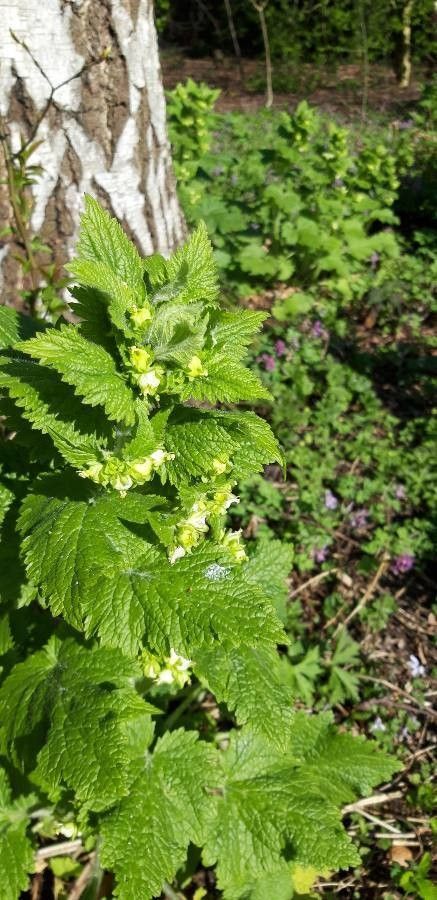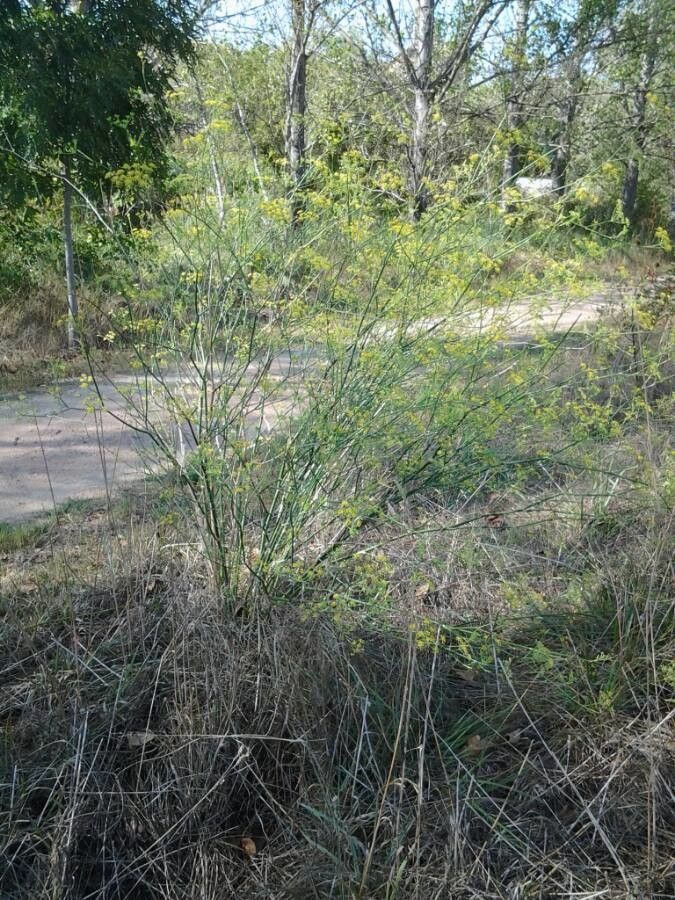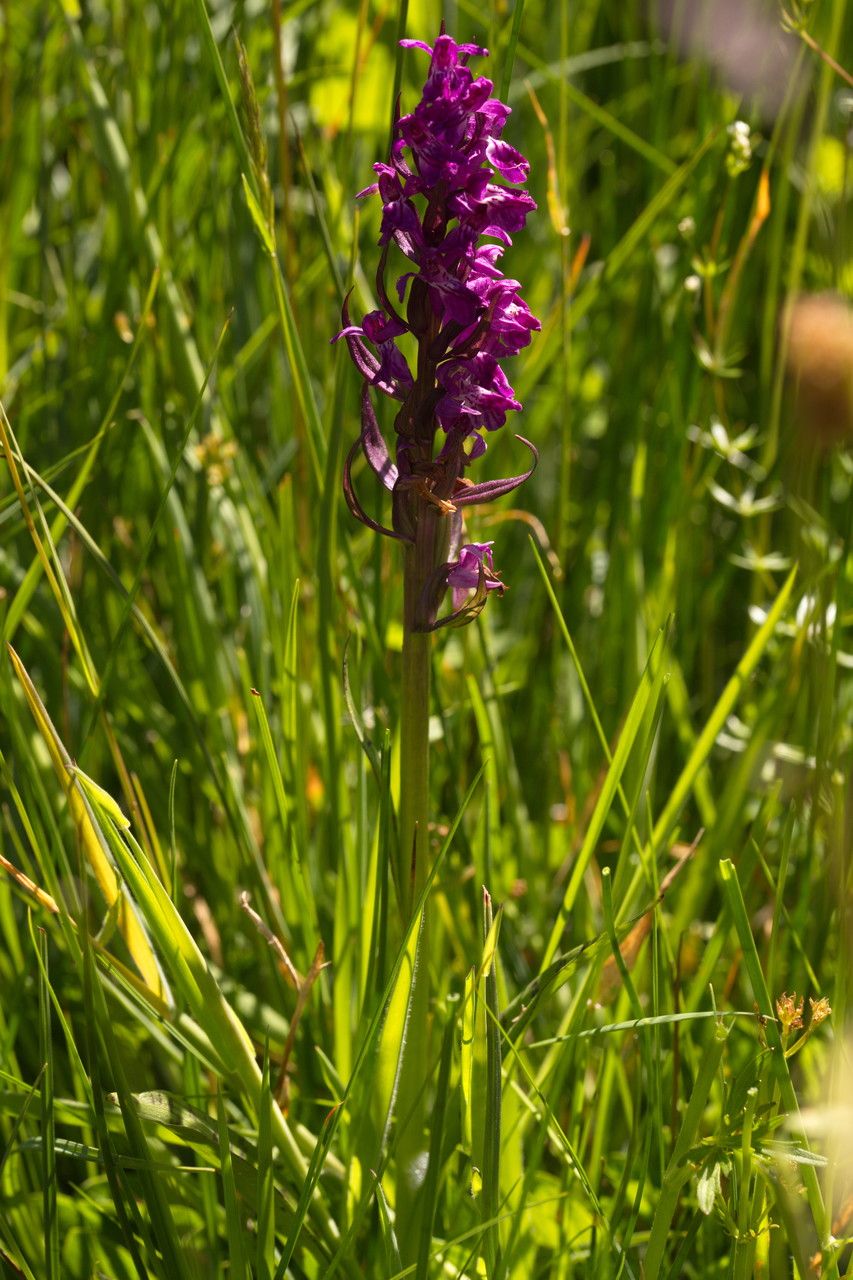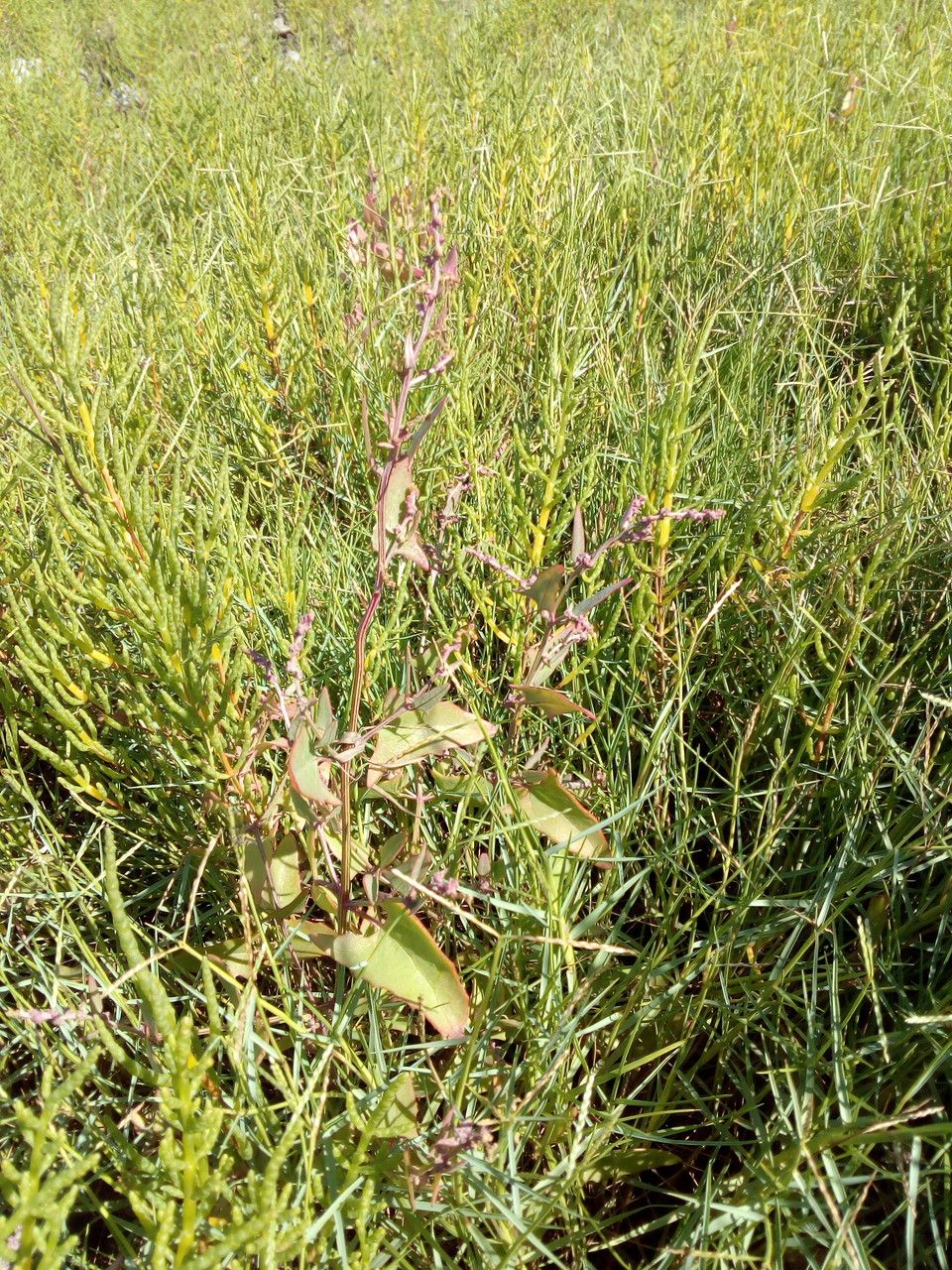## Yellow Figwort: A Comprehensive Guide
Yellow Figwort ( *Scrophularia nodosa*) is a fascinating and often overlooked member of the Scrophulariaceae family. This herbaceous perennial, sometimes reaching impressive heights, boasts a unique charm and a rich history of medicinal use. While not as flamboyant as some of its flowering relatives, its understated elegance and ecological importance make it a rewarding subject for plant enthusiasts and gardeners alike.
### Identification
Identifying Yellow Figwort involves noting its key characteristics. The plant typically grows 1-2 meters tall, with square stems and opposite, ovate-lanceolate leaves with serrated edges. The flowers are small, brownish-purple, and somewhat inconspicuous, arranged in loose panicles. The root system is rhizomatous, contributing to its ability to spread. The plant's name refers to the somewhat fig-shaped root tubers, though these aren't typically prominent unless you uproot the plant.
### Habitat and Growth
Yellow Figwort thrives in a range of conditions, demonstrating adaptability. It prefers moist, shady environments and is often found in woodland areas, along streams, ditches, and hedgerows. The plant tolerates partial shade but won't flourish in full sun. Well-drained but moist soil is essential for healthy growth; it prefers soils rich in organic matter. Its distribution spans across Europe and parts of Asia, showcasing its resilience to varying climates within its preferred habitat.
### Cultivation and Care
While not a common garden plant, Yellow Figwort can be cultivated with ease. Choose a shady spot with consistently moist, well-drained soil amended with compost. Propagation is easily achieved through division of rhizomes in spring or autumn. Regular watering, particularly during dry spells, is crucial. It is a relatively low-maintenance plant, once established, requiring minimal intervention aside from occasional weeding. Keep an eye out for fungal diseases; good drainage and air circulation help prevent many common problems.
### Traditional Uses and Medicinal Properties
Yellow Figwort has a long history of traditional medicinal uses. Historically, it's been used to treat various ailments, though modern scientific research is limited. It's important to note that self-medicating with wild plants can be risky. Always consult with a qualified healthcare professional before using any plant for medicinal purposes. The plant contains various compounds, and its past use reflects a diverse range of folk remedies, highlighting its historical significance rather than endorsing modern self-treatment.
### Ecological Significance
Yellow Figwort plays a valuable role in its ecosystem. It provides nectar and pollen for various pollinators, contributing to biodiversity. Its robust root system also helps stabilize soil and prevent erosion. The plant's role as a food source for some insect species adds further value to its ecological function.
### Conclusion
Yellow Figwort, while understated, is a compelling plant with a fascinating history, intriguing characteristics and a significant ecological footprint. This hardy perennial offers both visual appeal and a glimpse into the world of traditional herbalism and ecological interactions. Though not a flashy plant, it provides value to both gardeners and the environment.
Yellow Figwort: Guide & Care Tips

Frequently Asked Questions
How do I identify Yellow Figwort?
Look for a plant 1-2 meters tall with square stems, opposite ovate-lanceolate leaves with serrated edges, and small, brownish-purple flowers in loose panicles. The root system is rhizomatous.
What are the growing conditions for Yellow Figwort?
Yellow Figwort prefers moist, shady environments with well-drained soil rich in organic matter. It tolerates partial shade but not full sun.


